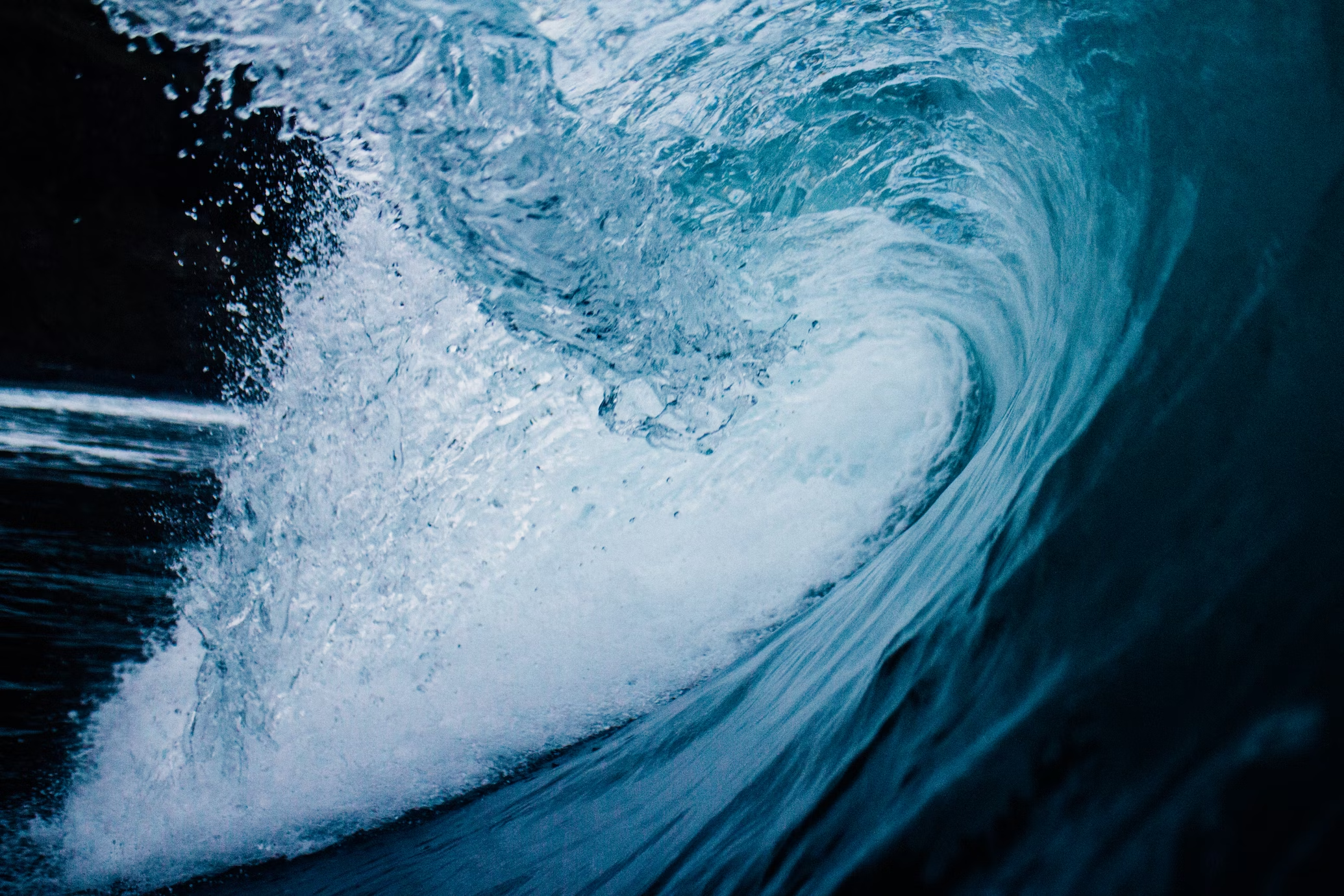
Description
The deployment of new observing elements signifies a major expansion in marine observational infrastructure, enhancing the spatial coverage and potentially introducing new measurement capabilities.
Impact During the Project
Increased Data Collection:
Traditional State: Prior marine observational systems might have had limited spatial coverage, possibly missing out on critical marine data in certain regions or depths.
Advancement: The addition of new observing elements ensures a broader and more comprehensive data collection, capturing a wider array of marine conditions and events.
Enhanced Resolution and Precision:
Traditional State: Earlier systems might have had fewer observational elements, leading to lower resolution data and potentially missing transient or localized marine events.
Advancement: With more observing elements in place, data resolution is enhanced, capturing more detailed and precise marine conditions.
Impact Post Project
Sustained and Comprehensive Monitoring:
Traditional State: With fewer observing elements, there might have been gaps in long-term monitoring, leading to incomplete data sets over extended periods.
Advancement: The new observing elements ensure consistent, long-term monitoring, filling in data gaps and providing a more complete picture of marine dynamics over time.
Improved Marine Research and Operations:
Traditional State: Limited observational elements could have restricted the scope and accuracy of marine research, as well as hindered marine operations that rely on detailed oceanographic data.
Advancement: With the increased number and potentially advanced capabilities of the observing elements, marine research can delve deeper and be more accurate. Additionally, marine operations that rely on this data can operate more efficiently and safely.
Advancement over and above State of the Art
The integration of new observing elements represents a pivotal advancement in marine observational capabilities. By increasing the number of observational points, the marine community can expect richer data sets, better spatial coverage, and enhanced resolution. This not only aids in capturing a more holistic understanding of the marine environment but also supports marine operations and research endeavours.
This deployment goes beyond mere data collection — it symbolizes the commitment to understanding and preserving marine ecosystems at a level of detail and precision that surpasses previous standards.
Links and References
NA
